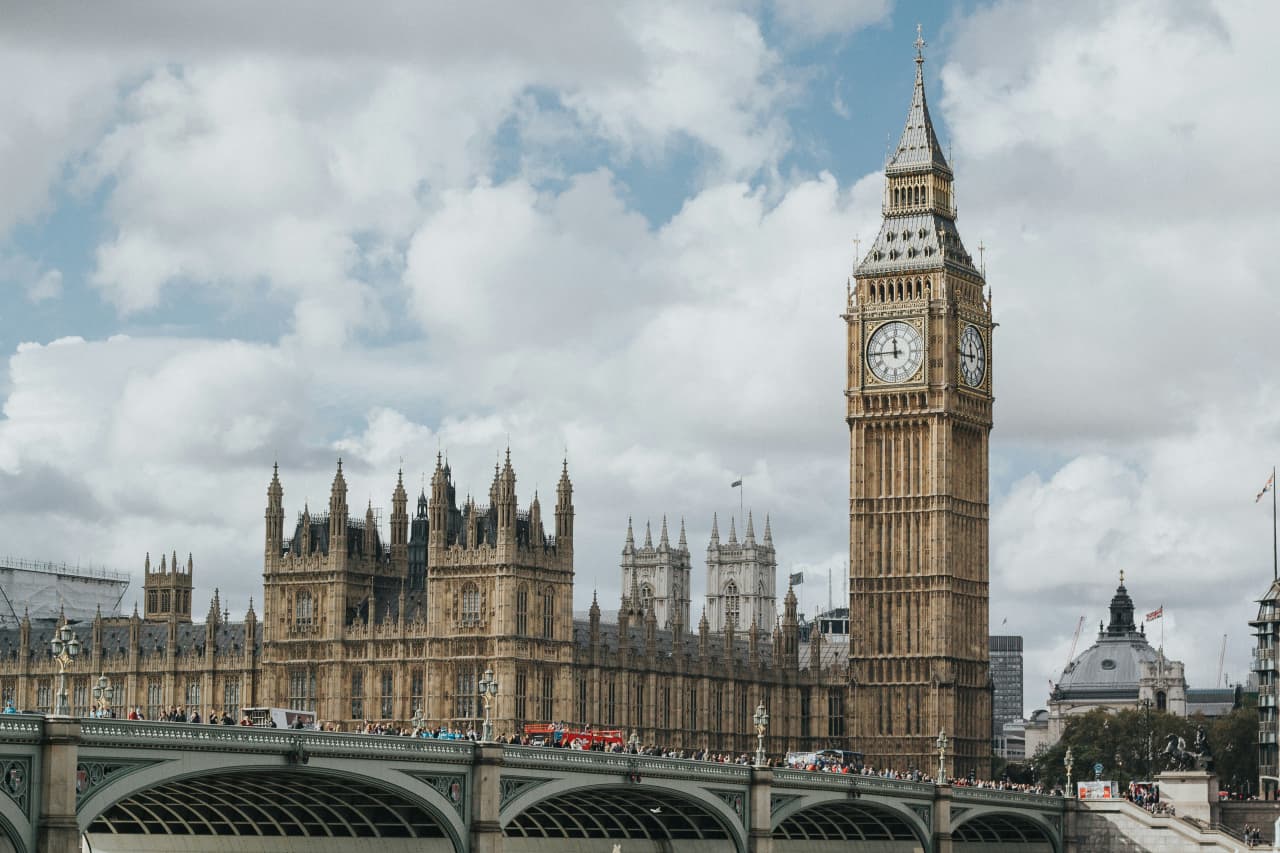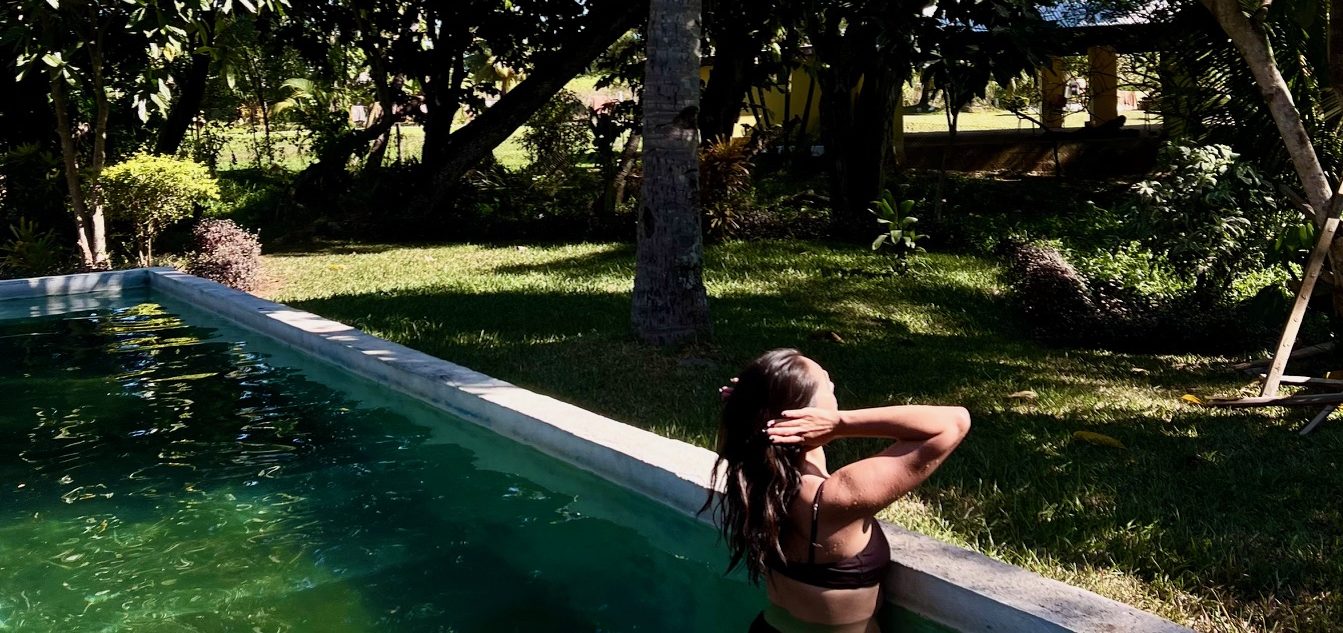The Rise of Lifestyle-Driven Luxury Real Estate: Mayfair, Marylebone and Beyond
With the pandemic behind us, there has been a rise in buyers prioritising lifestyle when investing in luxury estates and this shift is transforming the market.
With an eye on long-term returns, buyers seek properties that offer exceptional value and an elevated way of life.
Mayfair, Marylebone and more are among the most sought-after locations for those drawn to exclusive, culture-rich living spaces.
Here, we’ll explore how these trends shape the landscape of luxury property investment.
Key Drivers of Lifestyle-Focused Investments
● Green spaces have become popular, with proximity to parks and recreational areas becoming a major consideration for the tranquil environment away from the busy city life.
● Cultural amenities, such as access to galleries, museums, theatres and high-end dining options, elevate the living experience, blending luxury with leisure.
● Long-term ROI enables buyers to recognise the value of properties that offer lifestyle benefits and strong, consistent returns on investment over time.
The Appeal of Lifestyle-Driven Luxury Real Estate
For high-net-worth individuals, pursuing an ideal lifestyle drives purchasing decisions. Post-pandemic, a shift has emerged: Homebuyers are looking for properties that offer more than just impressive architecture or grand square footage.
Buyers today are willing to pay a premium for properties in neighbourhoods that embody this lifestyle.
It includes places where they can enjoy privacy, aesthetic beauty and convenient access to leisure, art, and entertainment.
Suburbs That Are Attracting Lifestyle-Driven Investors
From Chelsea to Belgravia, here is a selection of prime locations captivating lifestyle-focused investors:
Mayfair: The Epitome of Exclusivity
Mayfair is one of London’s most prestigious neighbourhoods, known for its exclusivity, luxury boutiques, world-class dining and proximity to Hyde Park and Buckingham Palace, offering privacy and cultural access.
● Property prices: Prime properties in Mayfair command some of the highest prices in London, with prices per square foot consistently among the highest in the market.
● Amenities: The area features Michelin-starred restaurants, private clubs and art galleries, attracting investors with its cultural appeal and strong long-term property value potential.
Marylebone: A Village in the Heart of London
Marylebone offers a village-like atmosphere in the heart of the city, with independent shops, cafes and excellent transport links, attracting lifestyle investors seeking peace and quiet close to central London’s cultural and commercial hub.
● Property prices: Marylebone’s average property price hovers around £1.66 million, making it an attractive option for high-end buyers.
● Community appeal: Its cultural attractions, including Madame Tussauds, the Sherlock Holmes Museum and proximity to Regents Park, make it an attractive investment for those seeking quiet living with cultural access.
Chelsea: The Charm of a Traditional London District
Chelsea, one of London’s most iconic districts, offers cultural landmarks, boutique shopping, exclusive restaurants and proximity to the River Thames and King’s Road, appealing to buyers seeking an active lifestyle and luxury living.
● Property prices: In the SW3 area, Chelsea’s real estate market sees average prices of £1.91 million, with prime properties yielding strong returns for investors.
● Green spaces and proximity to culture: With green spaces like Battersea Park and cultural spots like the Saatchi Gallery, Chelsea offers a blend of tranquillity and urban energy, attracting lifestyle-focused investors.
Notting Hill: Bohemian Luxury Meets Culture
Notting Hill, known for its eclectic charm and vibrant cultural scene, boasts some of London’s most valuable real estate. With high-end boutiques and famous markets, it blends luxury living with a laid-back, creative atmosphere.
● Property prices: Properties in Notting Hill can range from £1.1 million to over £10 million, depending on location and size.
● Cultural heritage: Its artistic heritage, along with theatres and galleries, makes it a desirable spot for investors who want to live in a neighbourhood that reflects history and contemporary culture.
Belgravia: Timeless Elegance
Belgravia, one of London’s most elegant neighbourhoods, features private garden squares, neoclassical architecture and high-end retail. Its proximity to top schools and embassies attracts investors seeking security, privacy and a refined lifestyle.
● Property prices: With an average property price of £2.75 million, Belgravia remains one of London’s most stable luxury markets.
● Exclusive living: Belgravia is renowned for its exclusivity, making it highly attractive to those who want to be at the centre of high society while maintaining a low profile.
Market Data and Investment Trends
Understanding the market in these sought-after areas is crucial for potential investors.
In Q4 2024, the total turnover for prime real estate in central London was £1.59 billion, with significant interest from international buyers.
Across these luxury suburbs, the average rental yield stands at around 4.5%, with properties in Mayfair and Belgravia offering some of the highest returns due to their high desirability.
● ROI trends: Prime properties in areas like Chelsea and Marylebone have shown consistent year-on-year returns of up to 5%, making them solid choices for long-term investors.
● Buyer demographics: A growing number of international buyers from the Middle East, the US and Europe are making their way to these neighbourhoods, further driving demand for high-end properties.
The Future of Luxury Real Estate Investment
The future of lifestyle-driven luxury property investment looks promising, with high-end buyers seeking financial returns and a curated lifestyle.
As more buyers are drawn to these exclusive neighbourhoods, demand rises due to personal preferences and investment potential. These areas are poised to remain at the forefront of London’s luxury real estate market.
Charles Whitehead, Director of Pearl Lemon Properties, has more than 14 years of expertise in luxury buy-to-let properties and high-end flips, providing clients exclusive investment strategies to further enhance their property portfolios.
Records keep falling in 2025 as harbourfront, beachfront and blue-chip estates crowd the top of the market.
A divide has opened in the tech job market between those with artificial-intelligence skills and everyone else.
The 2026 McGrath Report warns that without urgent reforms to planning, infrastructure and construction, housing affordability will continue to slip beyond reach for most Australians.
Australia’s housing market has reached a critical juncture, with home ownership and rental affordability deteriorating to their worst levels in decades, according to the McGrath Report 2026.
The annual analysis from real estate entrepreneur John McGrath paints a sobering picture of a nation where even the “lucky country” has run out of luck — or at least, out of homes.
New borrowers are now spending half their household income servicing loans, while renters are devoting one-third of their earnings to rent.
The time needed to save a 20 per cent deposit has stretched beyond ten years, and the home price-to-income ratio has climbed to eight times. “These aren’t just statistics,” McGrath writes. “They represent real people and real pain.”
McGrath argues that the root cause of Australia’s housing crisis is not a shortage of land, but a shortage of accessibility and deliverable stock.
“Over half our population has squeezed into just three cities, creating price pressure and rising density in Sydney, Melbourne and Brisbane while vast developable land sits disconnected from essential infrastructure,” he says.
The report identifies three faltering pillars — supply, affordability and construction viability — as the drivers of instability in the current market.
Developers across the country, McGrath notes, are “unable to make the numbers work” due to labour shortages and soaring construction costs.
In many trades, shortages have doubled or tripled, and build costs have surged by more than 30 per cent, stalling thousands of projects.
Need for systemic reform
McGrath’s prescription is clear: the only real solution lies in increasing supply through systemic reform. “We need to streamline development processes, reduce approval timeframes and provide better infrastructure to free up the options and provide more choice for everyone on where they live,” he says.
The 2026 edition of the report also points to promising trends in policy and innovation. Across several states, governments are prioritising higher-density development near transport hubs and repurposing government-owned land with existing infrastructure.
Build-to-rent models are expanding, and planning reforms are gaining traction. McGrath notes that while these steps are encouraging, they must be accelerated and supported by new construction methods if Australia is to meet demand.
One of the report’s key opportunities lies in prefabrication and modular design. “Prefabricated homes can be completed in 10–12 weeks compared to 18 months for a traditional house, saving time and money for everyone involved,” McGrath says.
The report suggests that modular and 3D-printed housing could play a significant role in addressing shortages while setting a new global benchmark for speed, cost and quality in residential construction.
Intelligent homes
In a section titled Weathering the Future: The Power of Smart Design, the report emphasises that sustainable and intelligent home design is no longer aspirational but essential.
It highlights new technologies that reduce energy use, improve thermal efficiency, and make homes more resilient to climate risks.
“There’s no reason why Australia shouldn’t be a world leader in innovative design and construction — and many reasons why we should be,” McGrath writes.
Despite the challenges, the tone of the 2026 McGrath Report is one of cautious optimism. Demand is expected to stabilise at around 175,000 households per year from 2026, and construction cost growth is finally slowing. Governments are also showing a greater willingness to reform outdated planning frameworks.
McGrath concludes that the path forward requires bold decisions and collaboration between all levels of government and industry.
“Australia has the land, demand and capability,” he says. “What we need now is the will to implement supply-focused solutions that address root causes rather than symptoms.”
“Only then,” he adds, “can we turn the dream of home ownership back into something more than a dream.”
From mud baths to herbal massages, Fiji’s heat rituals turned one winter escape into a soul-deep reset.
Now complete, Ophora at Tallawong offers luxury finishes, 10-year defect insurance and standout value from $475,000.




















